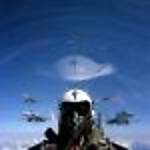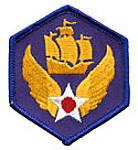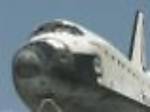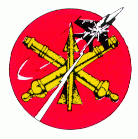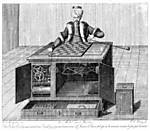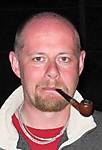After being entertained by numerous build logs I have read I thought I would do the same thing with my latest build, a Trumpeter 1/32 Lockheed P38-L-5-LO Lightning.
I have been building models for many years (over 40 now!) but am still very new to this weathering thing. I was in the RAAF for many years and in all my time there I never really noticed panel lines on any aircraft I worked on, even from just a few feet away. Therefore, please do not expect lots of pre-shading and panel line work as I do not believe it is very realistic. My opinion.. :-)
I am not going to go into the history and development that lead to this version of the ‘Fork-Tailed Devil’, suffice to say that Google is your friend and will give you pages and pages of reading about this World War II aircraft.
For this project I am going to be using the Eduard BigEd Colour Set. The BigEd set consists of:
32126 P-38J/L Lightning Exterior Set,
32134 Undercrriage set,
32567 Interior Set and
32590 Seatbelts set.
Just to clarify, this is the colour set, not the earlier set. No mask in this set. Not really a problem as the last Eduard masks I tried, that came in the F4F-4 Wildcat BigEd set didn’t even come close to fitting the mouldings in the kit. I have written to Eduard about it but haven’t had an explanation as yet. Strange thing is that the list on the website states that you get the masks in the set, but the front of the envelope they come in doesn’t list them??
The Exterior Set covers items like the engines, various access doors and flaps, and the roof of the flap area if you wish to model the plane with the flaps down. Seeing the flaps in these early Trumpeter kits are moveable these detail parts could dress up a rather plain area of the kit. 2 sprues of nickel plated brass with 71 parts.
The Undercarriage set covers, yesy you guessed it, the undercarriage with various brackets, hinges and oleo scissors to bring an even higher fidelity to the Trumpeter kit. 2 sprues with 133 parts.
The Interior Set basically rebuilds the interior of the kit with far higher detail than the original. New coloured instrument panels, ammo feeds sets, bezels.. everything but the kitchen sink! 3 sprues with 224 parts.
The seatbelts set has one sprue with 30 parts which are painted for you.
The front of the box informs us that the kit has 362 parts, so with the extra Eduard parts the count comes to 820 parts. Gulp…

Here is a picture of my workbench in a relatively clean state.

The Instructions cover and sturdy cardboard BigEd Envelope.
First step for myself when using these sets is to go through the kits instructions and mark where the PE parts are attached to the aircraft. I have missed a part or two in a few earlier PE intensive builds and find these marks jog my memory quite well.
And now to the build!
Second step for me is to copy the part layout diagrams and pin them to the cork board right in front of me. Saves lots of looking later.
First decision, whether or not to build the complete engines? You need to build a little of them as there is no other way to support the propeller, except maybe by glueing it directly to the cowling. That is not for me. The engines can also be filled with buckshot or small lead sinkers to give a bit more weight to help it stand on its nose wheel.. There are no access panels to leave open,and not its behind.. without surgery, and no detail on the inside of the cowlings without doing much scratch building. Maybe the next one I build…
I found a little flash on some of my sprues. No biggy but wonder how these fairly new moulds could have flash problems. Luckily nothing will be seen of this so the gaps and seam lines don’t need to be fixed. There are no more than any other kit I have built, and all of the ejector pin marks so far are hidden.

Sprue H1

Sprue H2
One problem I found was that the prop shaft end was a little too long and prevented the front detail panel of the engine (reduction gearbox?) from fitting properly. A quick bit of surgery with my razor saw fixed it after taking off about 1.5 mm of the butt of the shaft.

Basic engine.. well almost..

First PE part... a Trumpeter one.
I have heard rumours about how bad the ignition wires are to glue in position so all I did was drill out the holes in the engine and push the wires through far enough so they stayed in position with no glue. Fundly enough the end of the harnesses glued in to its slot with thick CA glue with no problems. Maybe I had heard wrong.
The fit of the item at the base of the engine (coolant tank) was atrocious. When you glued it together it left a huge gap at the top of the tank if you had the bottom of the tank aligned. Luckily it is not a problem as it is right under the engine and you couldn’t see it even if you had the panels off.
I eventually built this engine just to see how it looks but the second one will be the simplified version. No painting done as it will all be invisible anyway.


Views of complete engine.
That’s enough for now. Stay tuned for further updates!




